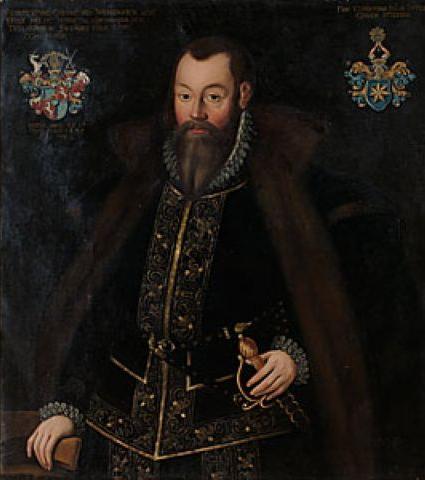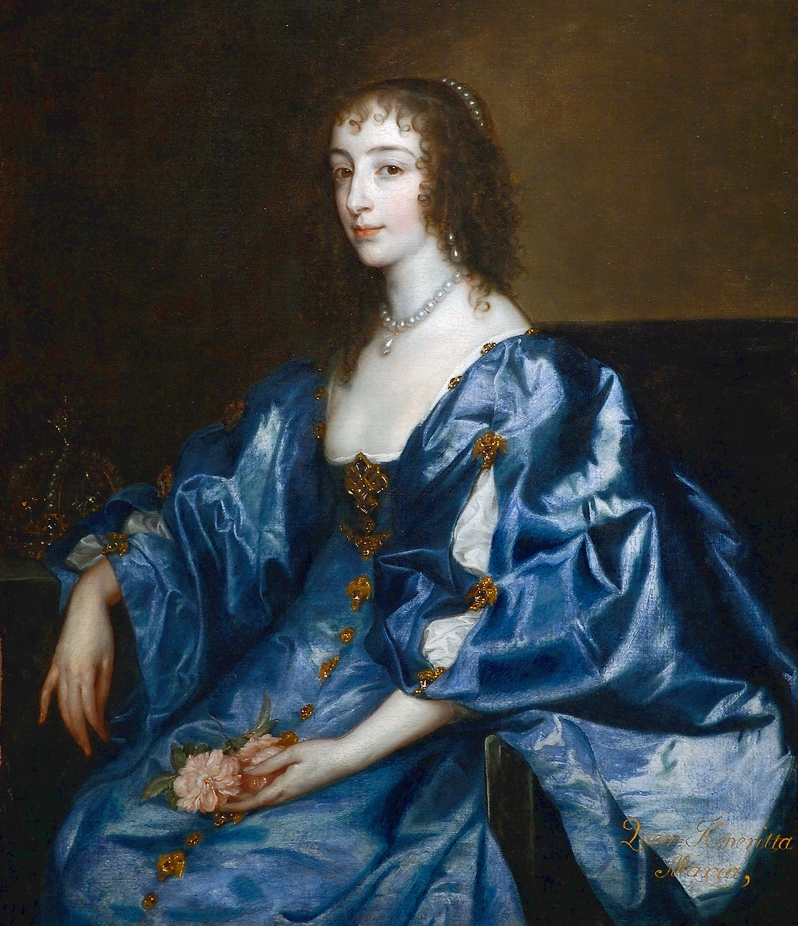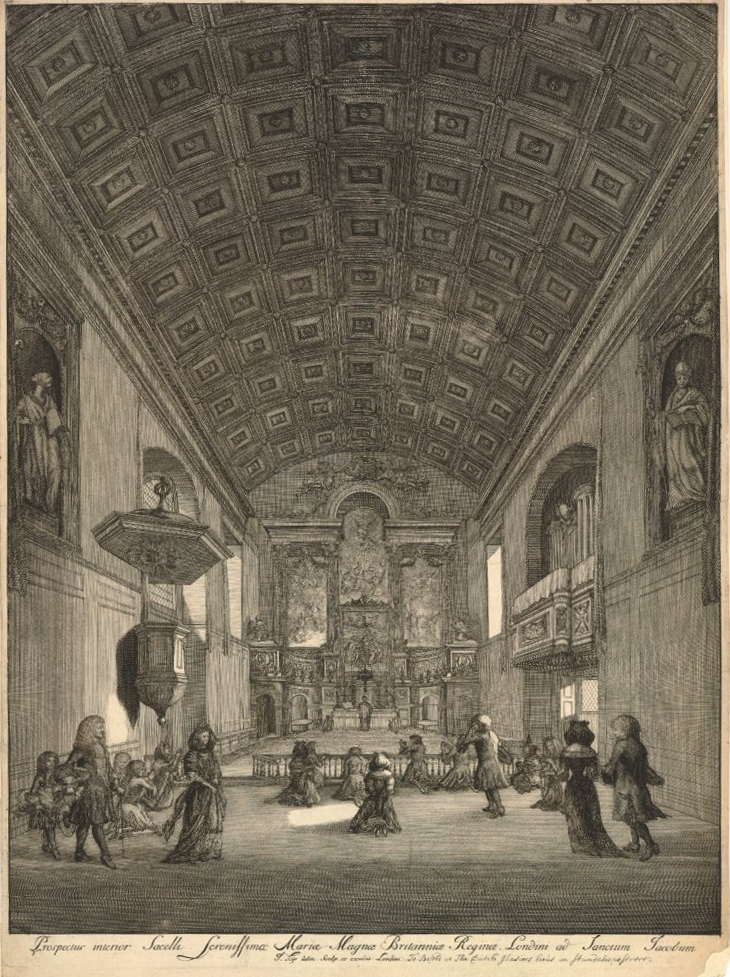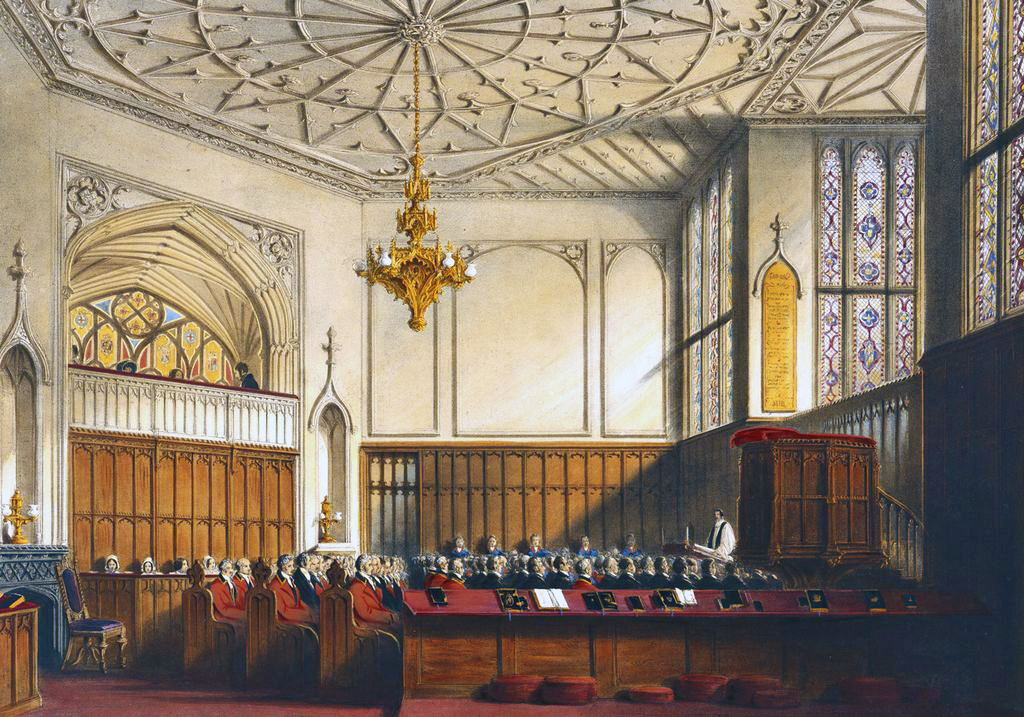by Susan Flantzer
© Unofficial Royalty 2021

Gunilla Johansdotter Bielke, Queen of Sweden; Credit – Wikipedia
Gunilla Johansdotter Bielke was the second wife of Johan III, King of Sweden. Born on June 25, 1568, in Liljesta, Östergötland, Sweden, she was the eldest of the three daughters and the third of the eight children of Johan Axelsson Bielke (? – 1576) and Margareta Axelsdotter Posse (1548 – 1575). The Bielke family was an aristocratic Swedish family. Gunilla’s father was a member of the royal council and Lieutenant of Östergötland.
Gunilla had seven siblings:
- Gunder Johansson Bielke (1562 – ?)
- Axel Johansson Bielke (? – 1597), married Ebba Bielke
- Elsa Johansdotter Bielke (1569 – 1622), married Count Claes Bielke, had three children
- Brita Johansdotter Bielke (1570 – 1599), married Count Sten Gustafsson, had one son
- Erik Johansson Bielke, died young
- Nils Johansson Bielke, died young
- Ebba Johansdotter Bielke (born 1575 – ?), died young
When Gunilla was seven years old, her mother died, possibly in childbirth giving birth to her last child. Her father died the following year. Gunilla was then raised at court as a playmate of King Johan III’s daughter Princess Anna Vasa of Sweden. In 1582, Gunilla became a maid of honor to King Johan III’s first wife Queen Katarina Jagellonica. Queen Katarina fell sick in the spring of 1583 and died on September 16, 1583.
After the death of his wife, Johan III began the search for a new wife. He wanted to marry someone he knew and his choice was Gunilla, his deceased wife’s maid of honor and the daughter of one of his cousins. There was a 32-year age difference – Johan was 48 and Gunilla was 16. Several of Johan III’s siblings protested against the marriage and said he should marry a foreign princess. Johan’s brother Karl (the future Karl IX, King of Sweden) had married a foreign princess, Anna Marie of Palatinate-Simmern.
Gunilla had promised herself to a young nobleman named Per Jonsson Liljesparre. When King Johan III informed Gunilla of his intentions to marry her, she refused to agree. Johan III was so angry that he hit her in the face with his glove and left. Gunilla’s relatives saw a connection with the royal family as an opportunity that they could not allow slipping away, and so they pleaded, cajoled, and threatened until Gunilla finally gave in.
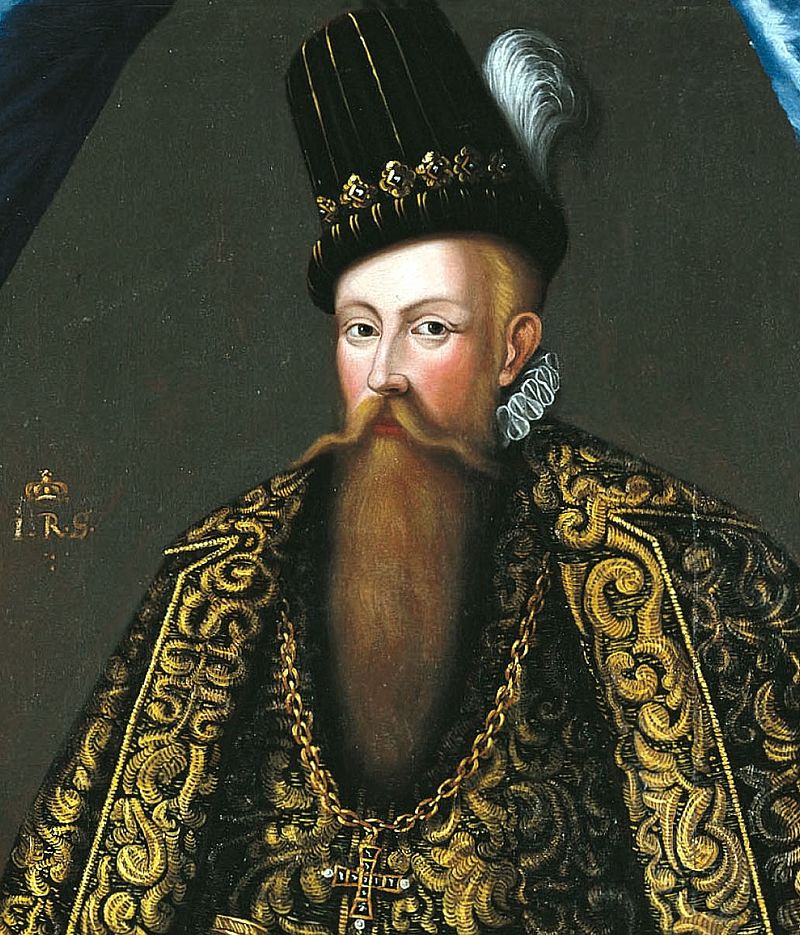
Gunilla’s husband Johan III, King of Sweden; Credit – Wikipedia
On February 21, 1585, Johan III, King of Sweden married Gunilla Bielke at Västerås Cathedral in Västerås, Sweden. Gunilla was crowned Queen of Sweden the following day. Johan’s brother Karl was still disturbed by his brother’s choice of a wife. He refused to attend the wedding festivities which further worsened the brothers’ already strained relationship.
Johan III and Gunilla had one son:
- Johan of Sweden, Duke of Finland, Duke of Östergötland (1589 – 1618), married his first cousin Princess Maria Elisabet of Sweden, no children
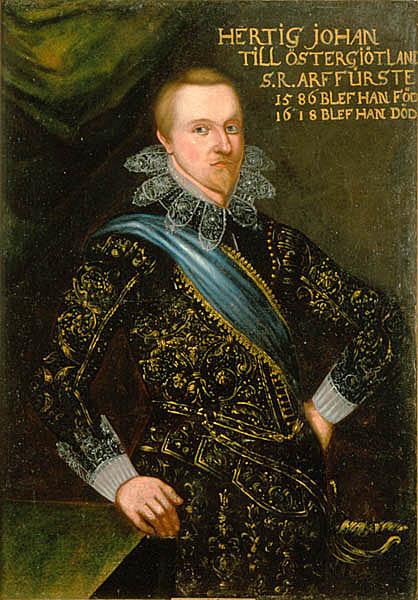
Gunilla and Johan III’s son Johan of Sweden, Duke of Finland, Duke of Östergötland; Credit – Wikipedia
Gunilla had two step-children, both close in age to her, from Johan III’s marriage to his first wife Katarina Jagellonica:
- Sigismund III Vasa, King of Poland, King of Sweden, Grand Duke of Finland and Lithuania (1566 – 1632), married (1) Anne of Austria, had five children (2) Constance of Austria, had seven children
- Anna Vasa of Sweden (1568 – 1625), unmarried
Gunilla had a significant influence on Johan. She had received a strict Lutheran education and is credited with influencing Johan’s policy regarding religion in favor of Protestantism, similar to the way his first wife had influenced him in favor of Catholicism. In 1590, Johan III named Gunilla to serve as regent, should their son Johan succeed to the throne as a minor. Gunilla and Johan III’s son never succeeded to the Swedish throne. First, he was put aside by his elder half-brother Sigismund III Vasa, and then by his uncle Karl IX.
After a reign of twenty-three years, Johan III, King of Sweden died on November 17, 1592, aged 54. He was succeeded by Sigismund III Vasa, his son by his first wife, the Roman Catholic Polish Princess Katarina Jagellonica. Sigismund, who had been raised Roman Catholic, had been elected King of Poland and Grand Duke of Lithuania in 1587. However, the Catholic Sigismund was deposed in 1599 as King of Sweden by his Protestant uncle who then reigned as King Karl IX of Sweden. Sigismund lived the remainder of his life in Poland and reigned for a total of 45 years in Poland and Lithuania, dying in 1632.
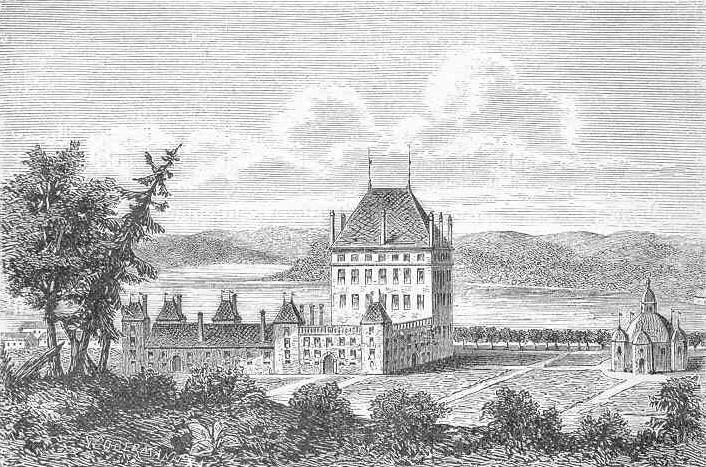
Gunilla’s home Bråborg Castle; Credit – Wikipedia
After the death of her husband, Gunilla received a generous allowance and land willed to her by her husband, as well as custody of her three-year-old son and control of his Duchy of Östergötland. She retired to Bråborg Castle in the Duchy of Östergötland, where she resided until her death. Gunilla survived her husband by only five years, dying at the age of 29 of a fever on July 19, 1597. She was buried near her husband at Uppsala Cathedral in Uppsala, Sweden. After Gunilla’s death, her son Johan was raised by his uncle Karl IX, King of Sweden, who treated him like his own son. Johan was tutored with his first cousin, the future Gustavus Adolphus, King of Sweden.
This article is the intellectual property of Unofficial Royalty and is NOT TO BE COPIED, EDITED, OR POSTED IN ANY FORM ON ANOTHER WEBSITE under any circumstances. It is permissible to use a link that directs to Unofficial Royalty.
Kingdom of Sweden Resources at Unofficial Royalty
- Kingdom of Sweden Index
- Swedish Orders and Honours
- Swedish Royal Dates
- Swedish Royal Burial Sites
- Swedish Royal Christenings
- Swedish Royal FAQs
- Swedish Royal Residences
- Swedish Royal Weddings
- Line of Succession to the Throne of Sweden
- Profiles of the Swedish Royal Family
Works Cited
- Adelsvapen.com. 2021. Bielke af Åkerö nr 8 – Adelsvapen-Wiki. [online] Available at: <https://www.adelsvapen.com/genealogi/Bielke_af_%C3%85ker%C3%B6_nr_8> [Accessed 22 May 2021].
- En.wikipedia.org. 2021. Gunilla Bielke – Wikipedia. [online] Available at: <https://en.wikipedia.org/wiki/Gunilla_Bielke> [Accessed 22 May 2021].
- Fr.wikipedia.org. 2021. Gunilla Bielke — Wikipédia. [online] Available at: <https://fr.wikipedia.org/wiki/Gunilla_Bielke> [Accessed 22 May 2021].
- Gunilla Bielke, Q., 2021. Gunilla Bielke, Queen of Sweden. [online] geni_family_tree. Available at: <https://www.geni.com/people/Gunilla-Bielke-Queen-of-Sweden/6000000000699070330> [Accessed 22 May 2021].
- Historiesajten.se. 2021. Gunilla Bielke – Historiesajten. [online] Available at: <https://historiesajten.se/visainfo.asp?id=259> [Accessed 22 May 2021].
- Sv.wikipedia.org. 2021. Gunilla Bielke – Wikipedia. [online] Available at: <https://sv.wikipedia.org/wiki/Gunilla_Bielke> [Accessed 22 May 2021].
- Tegenborg Falkdalen, K., 2018. Gunilla, drottning. [online] Skbl.se. Available at: <https://www.skbl.se/sv/artikel/GunillaBielke> [Accessed 22 May 2021].


























